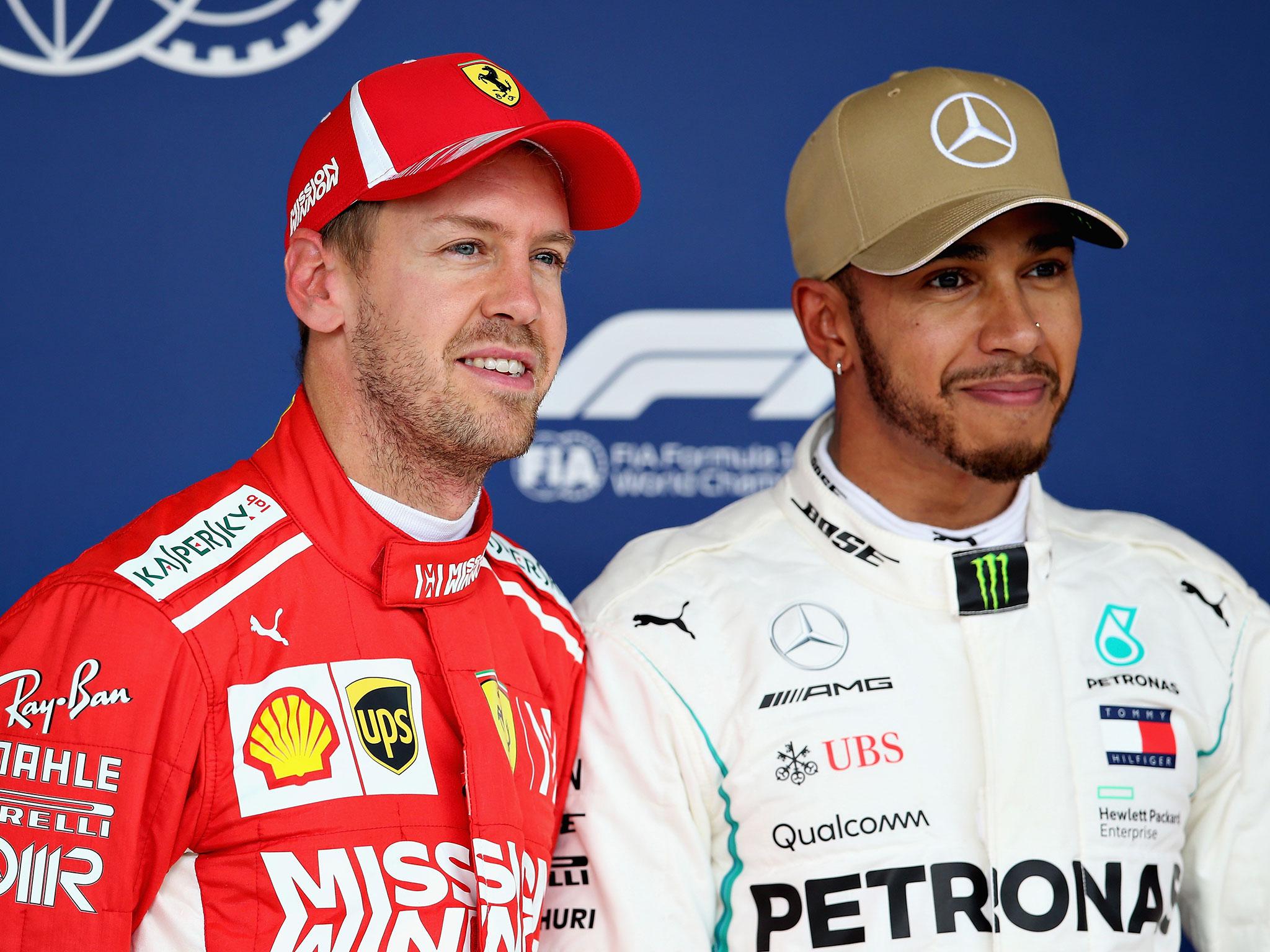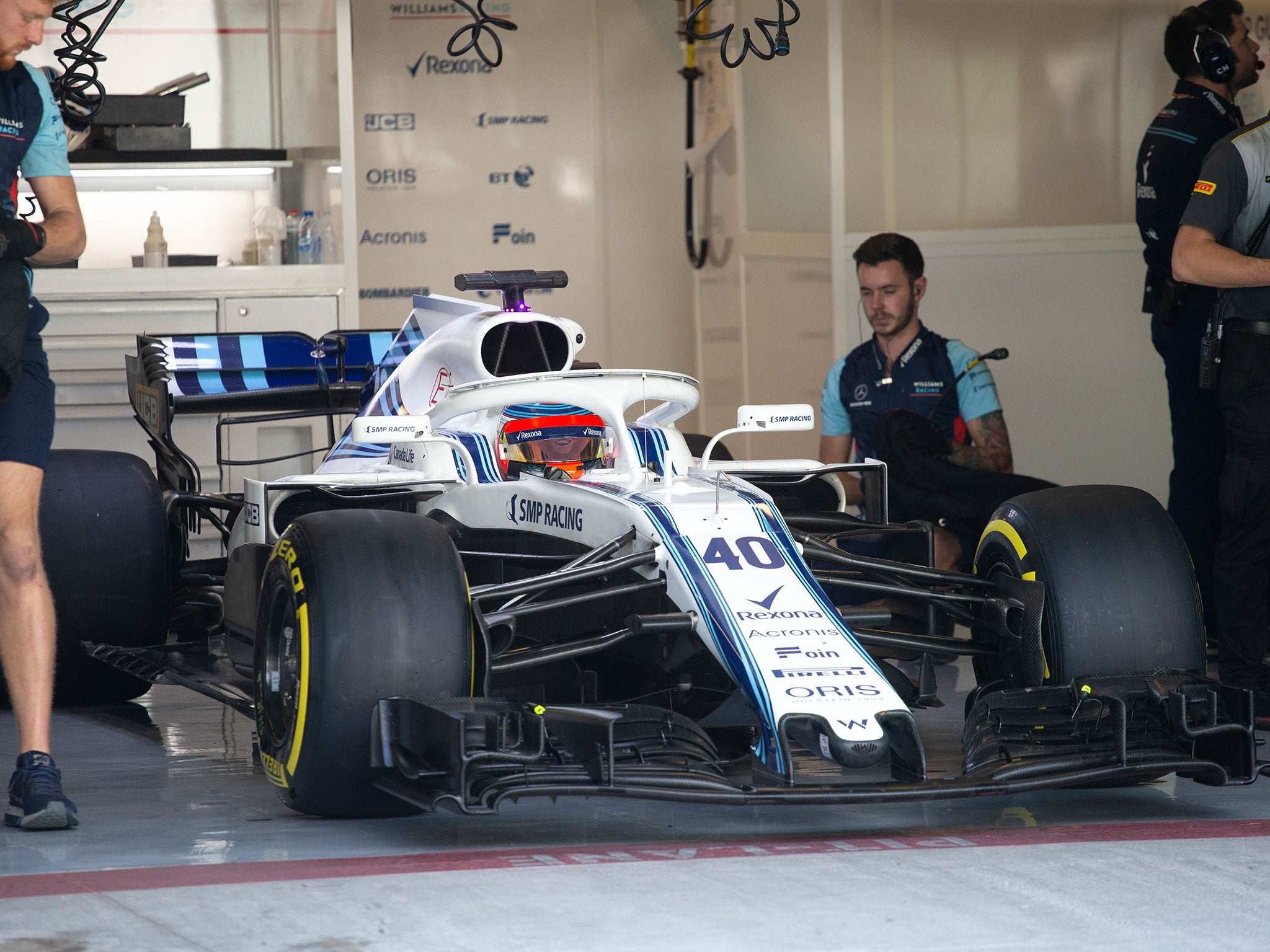F1 in 2019: Questions aplenty, but can Sebastian Vettel and Charles Leclerc end Lewis Hamilton’s domination?
Vettel and Ferrari need to prove they can bridge the gap once and for all to their long-term rivals, but the next generation is beginning to come to the fore that could spell the end of F1’s great duopoly
Your support helps us to tell the story
From reproductive rights to climate change to Big Tech, The Independent is on the ground when the story is developing. Whether it's investigating the financials of Elon Musk's pro-Trump PAC or producing our latest documentary, 'The A Word', which shines a light on the American women fighting for reproductive rights, we know how important it is to parse out the facts from the messaging.
At such a critical moment in US history, we need reporters on the ground. Your donation allows us to keep sending journalists to speak to both sides of the story.
The Independent is trusted by Americans across the entire political spectrum. And unlike many other quality news outlets, we choose not to lock Americans out of our reporting and analysis with paywalls. We believe quality journalism should be available to everyone, paid for by those who can afford it.
Your support makes all the difference.How do you predict a Formula One season before the first pre-season test has even taken place? The answer is, of course, you can’t.
Yet 2019 could quite conceivably be more unpredictable than ever before, simply due to the fact that there are so many questions that need answering – too many to be quite honest. Can Ferrari, and more importantly Sebastian Vettel, bridge the gap to Mercedes and Lewis Hamilton? How big a threat will Charles Leclerc be to his Ferrari teammate? Can Robert Kubica rediscover his old self on his return to F1 after eight years away? Has Daniel Ricciardo made the wrong decision to leave Red Bull, and in turn have Red Bull made the wrong decision to leave Renault for Honda? What will the next generation of British drivers bring? Will wheel-to-wheel racing finally improve due to technical changes?
These are just the big questions, the ones that we won’t know the answer to for quite some time. But while the FIA have attempted a few minor technical changes to improve the spectacle, the general trend in F1 tends to be that if the rules aren’t completely rewritten, the game doesn’t change all that much.
It took a complete overhaul in 2014 to end Red Bull’s domination and spark Mercedes’ unrivalled run at the top in the hybrid era, and the likelihood is that it’ll be more of the same this season. The only difference will be how close Ferrari can get to their rivals, although while their 2018 challenger was much-heralded for being the stronger car during the summer clutch of races, the fact remains that over the course of the year the German manufacturer remain out of reach.
It may take another radical overhaul in 2021, when the new Concorde Agreement with the teams – that is yet to be drawn up – kicks in, that a new pecking order is established. By then, Hamilton may well have equalled Michael Schumacher’s record of seven world titles, but perhaps his motivation in 2019 could come under question. After so many years at the top, and having been spurred on in 2018 by beating Vettel to five world titles, though surprising it would be understandable if the Briton just took his foot off the gas a little.
Essentially, it is looking like much of the same at the top of the tree. The only real uncertainty is just how far Leclerc will be able to climb up it. Will the talented Monegasque be on the same level as Valtteri Bottas, that tier just below the best of the best, or will he make the two-way battle at the top a three-pronged affair? Only time will tell, but if he is able to challenge Vettel in a way that predecessor Kimi Raikkonen was unable to, the two Ferrari drivers could end up taking points off each other and handing Hamilton even more of an advantage.
One positive in this aspect is that the FIA at least hope to produce more competitive racing this year. Wider, simpler front wings combined with taller rear wings, a bigger DRS flap and less aerodynamically sophisticated barge boards should all help cars to follow one another and race wheel-to-wheel, with the hope being that 2019 will prove a bit of a trial run for the guidelines that will form the 2021 regulations.
Further down the field, there will be plenty to look out for in a grid that looks the strongest it has been for quite some time. Both Lando Norris and George Russell have forced their way on to it when another year in Formula Two looked at one stage likely, although the latter’s dominant championship-winning season made him rather hard to ignore last time out.
Max Verstappen heads up a Red Bull team that will now have Pierre Gasly in a competitive car, although if his fourth place in Bahrain while driving the Toro Rosso last season is anything to go by, Verstappen will not have it all his own was as the senior-yet-younger driver.

Red Bull are heading into unknown territory after agreeing to take on the much-maligned Honda power units this season, although while McLaren boasted to have the best chassis on the grid with the worst engine during their time together, Red Bull genuinely did look to have the best chassis with a certainly sub-standard engine last year.
The changes in driving personnel have, of course, been triggered by Ricciardo’s shock decision to jump shop for a works drive with Renault. Will the move prove to be the masterstroke that Hamilton chose when he left McLaren for a Mercedes team that hadn’t shown any signs that their era of domination was about to begin? Or will it prove to be the beginning of the end of one of F1’s great unfulfilled careers? We may not know the answer for a couple of years at least.

Evidently there are too many questions and not many answers at this stage of the year, but even now, so early in January, we are able to guarantee one thing. The sight of Robert Kubica back on the grid in Melbourne will undoubtedly prove to be one of the season’s emotional highs, eight years after he nearly lost his arm in an horrific rallying accident that cost him the best years of his career. It will be intriguing to see how Kubica copes with his return to an F1 cockpit in racing conditions, having competed last year as test and reserve driver for Williams, but even if it only goes to show that the Pole cannot reach the levels he once achieved to stand on the top of the podium, it will be a year to saviour just to see him achieving what was believed to be the impossible.

Join our commenting forum
Join thought-provoking conversations, follow other Independent readers and see their replies
Comments